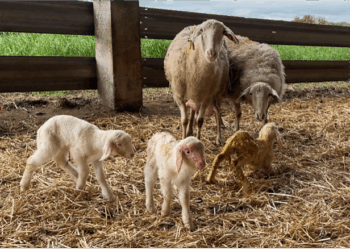Data collection is a crucial tool for optimizing the profitability of farms. In recent years, the technification of the small ruminants sector has made it easier to gather data, but it still remains a challenge in many cases.
To discuss this topic and its importance, we interviewed the HIPRA Stats team, who have extensive experience in analyzing data from livestock farms.
What is HIPRA Stats?
HIPRA Stats is a data analysis service for animal production companies. The team is made up of veterinarians, biologists and statisticians, and its main objective is to help farms become more efficient.
By transforming data into useful information we can make the right decisions
Sheep and goats: Which data are the most common?
Focusing on small ruminants, the data they usually work with is data on dairy production, such as official milk control.
On meat farms, they also provide data on health and productivity, such as growth and mortality rates.
Data collection and analysis continues to be a challenge in the sector, mainly due to the lack of digitalization
What are their recommendations?
The HIPRA Stats team advises us on the data that is considered essential for monitoring and evaluating the productive efficiency of the farm.
For dairy sheep and goats, such data would include:
– Milk production data
– Somatic cell count (SCC)
– Elimination rate
In animals intended for meat production, the most important data would be:
– Mortality
– Feed efficiency (feed conversion rate)
– Growth
The HIPRA Stats team highlights the importance of integrating data collection into the daily routine of the farm
Conclusions
– Each farm must record key data to help them make correct decisions.
– Data collection and analysis are essential to improve the productivity and profitability of livestock farms.
Article written by:
Tania Perálvarez Puerta. Global Product Manager, Small Ruminants Franchise – HIPRA




